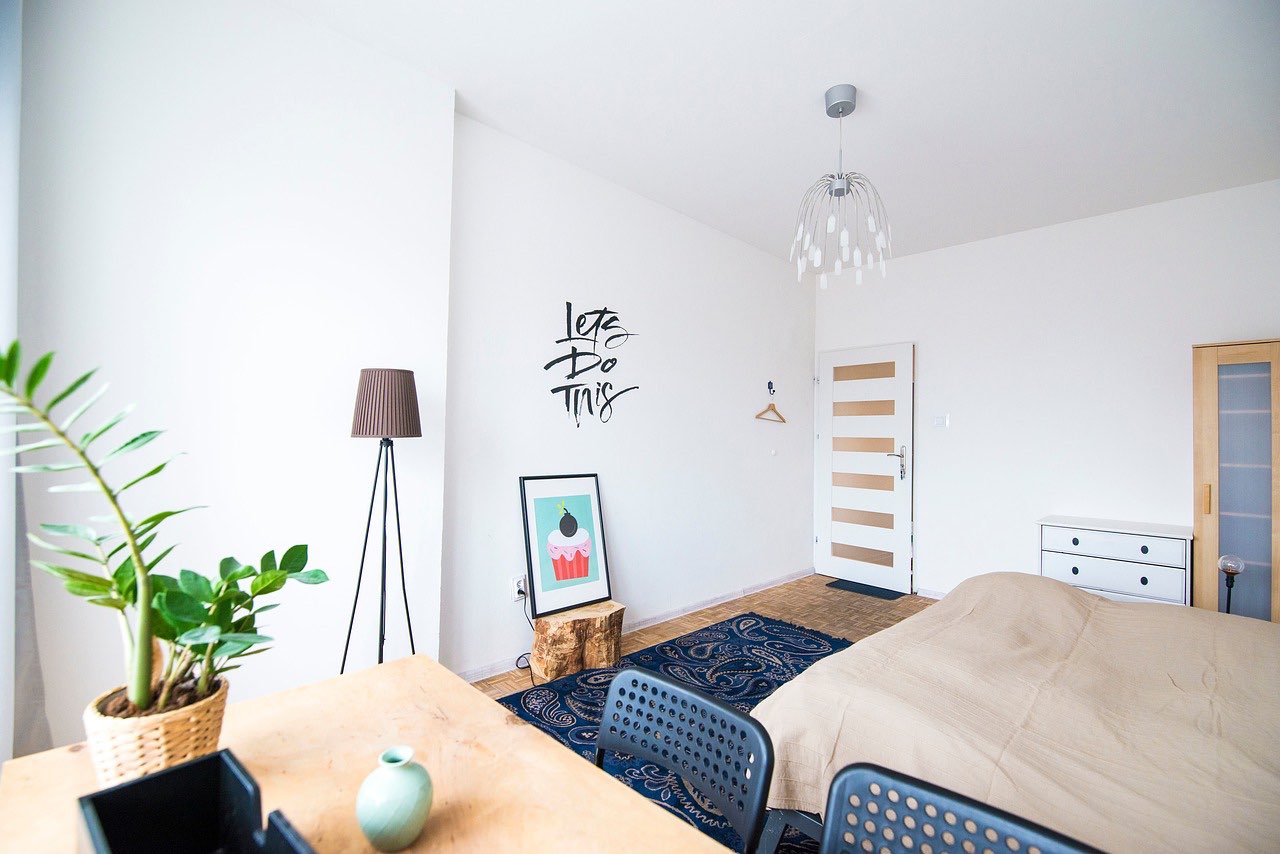The vibrant and eclectic design of the 1970s is making a grand resurgence, bringing bold colours, patterns, and textures back into modern homes. For many, the ’70s design evokes a sense of nostalgia and playfulness, but it can also feel overwhelming or dated if not executed with care. So how do you incorporate these retro elements in a way that feels fresh and updated for today’s interiors?
Embrace Warm, Earthy Tones – With a Twist
The ’70s were all about earthy tones like burnt orange, mustard yellow, and olive green. These rich, nature-inspired colours bring warmth and depth to any space. To modernise this palette, consider balancing it with cooler or neutral shades like cream, soft grey, or navy. This will prevent your space from feeling too “brown” or heavy, a common pitfall of ’70s décor.
Think about your flooring too! Natural materials like terracotta or warm wood flooring can tie the retro colour palette together; while herringbone or parquet patterns can modernise the look while still nodding to the ’70s influence.
Additionally, experiment with colour blocking or accent walls to introduce these shades in small doses. Pairing retro colours with modern furniture in streamlined shapes can keep your space from feeling like a time capsule.
If committing to bold colours feels intimidating, start small with accessories like throw pillows, curtains, or artwork that feature ’70s-inspired hues.
Mix Funky Patterns With Subtle Textures
Bold patterns like florals, geometrics, and psychedelic swirls were the hallmark of ’70s design. To keep this look fresh, the key is moderation. Use one bold pattern and balance it with simpler, more neutral elements. A groovy geometric wallpaper on one accent wall, for example, can be offset by minimalist furniture; another example could be a fun, oak parquet floor tiles balanced with a calm, neutral rug.
Mixing in natural materials like rattan, wood, or stone can also ground the design, creating a cohesive space that blends ’70s flair with contemporary tastes.
Consider layering textures, like a shag rug with sleek, mid-century modern furniture, to create depth and interest without overwhelming the senses.
Play with Organic Shapes and Curves
One of the defining characteristics of ’70s design is the use of organic shapes and curves. From rounded sofas to bubble chairs and arc lamps, the furniture and décor of the era were all about softness and fluidity.
To bring these shapes into your home today, consider swapping out boxy furniture for curved silhouettes. A crescent-shaped sofa or a rounded coffee table can instantly soften the lines of a room. Look for items that blend retro curves with contemporary materials, such as a velvet, curved-back chair in a modern neutral tone.
You don’t have to replace all your furniture at once. Start with one or two statement pieces and build around them, using their curved lines as the focal point of the room.
Add Statement Lighting
Lighting is a key element of ’70s design, with funky, oversized fixtures like orb chandeliers and arc floor lamps defining many spaces. Today, statement lighting can serve as the perfect way to introduce a retro element in a modern room without overwhelming the overall look.
Consider adding a bold, retro-inspired lighting piece to your dining room or living area. Think globe pendant lights, a brass arc lamp, or a sculptural table lamp with a metallic or ceramic finish.
To make the lighting feel cohesive with your modern space, pair it with sleek or minimal furniture. This contrast will highlight the vintage feel of the fixture without making the room feel outdated.
Incorporate Vintage-Inspired Furniture with Modern Materials
When incorporating ’70s design into your space, it’s essential to balance vintage inspiration with modern materials and techniques. For example, a low-slung, leather sofa in a burnt orange shade can capture the essence of ’70s style but updated in a sleek silhouette for a contemporary vibe.
Look for pieces that blend classic ’70s design elements – like low profiles, bold colours, and modular designs – with modern craftsmanship. Newer interpretations of ’70s furniture often incorporate eco-friendly materials or more ergonomic forms, making them more comfortable and sustainable for today’s living.
Don’t shy away from mixing and matching old and new. Vintage furniture paired with modern art or minimalist décor can give your space a unique personality that feels both nostalgic and forward-thinking.
Retro Revival
The resurgence of ’70s design offers a fun, vibrant way to rethink your interior spaces. By incorporating key elements in a restrained, balanced way, you can bring retro style into your home while keeping it fresh and updated. Remember, the key to modernising ’70s design is mixing the old with the new, allowing the playful charm of the era to enhance rather than overpower your space.







